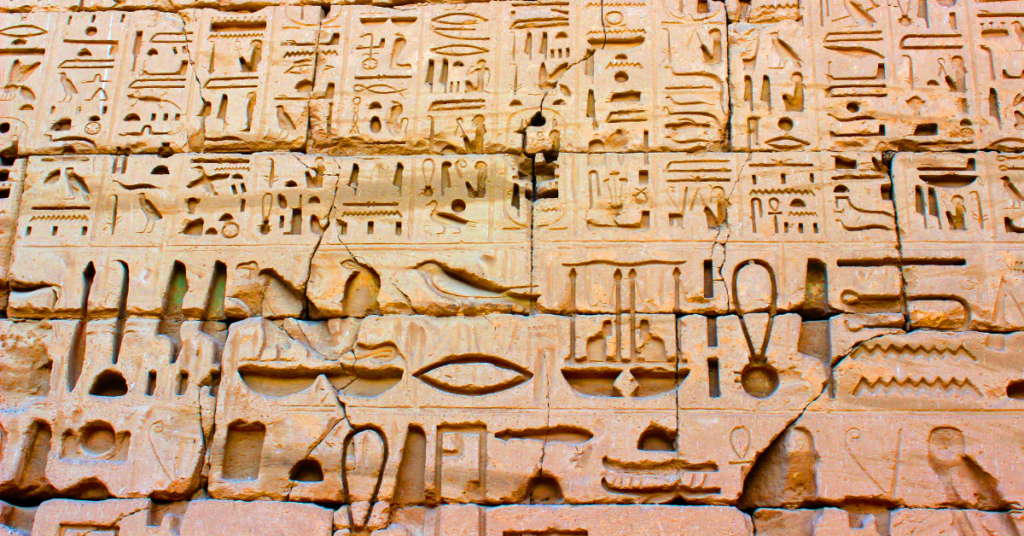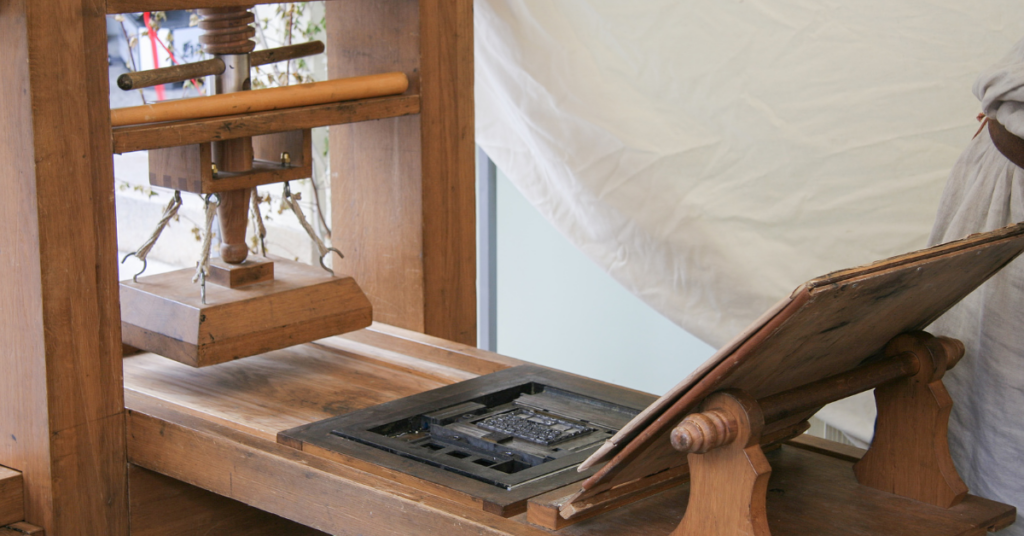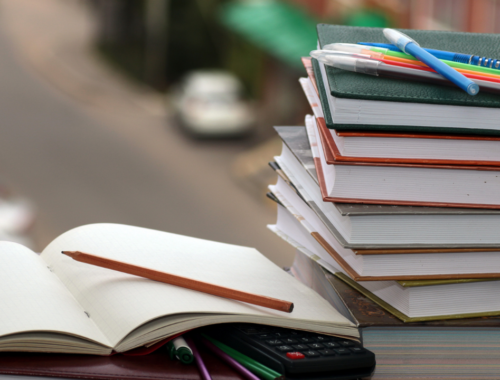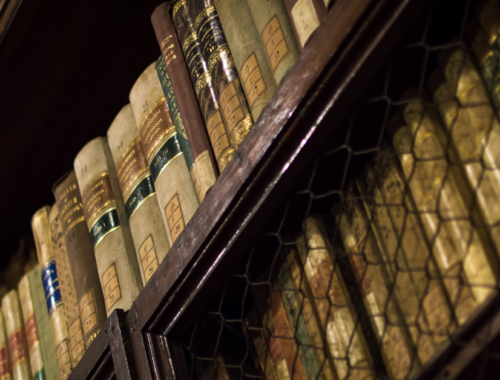
Have you ever stopped to think about the origins of reading? When was reading invented? This journey takes us many millennia back to the dawn of civilization.
Today, reading is a fundamental part of our lives. Its history is as diverse and intricate as the evolution of society itself. Let’s talk about it!
- What is Reading?
- The Earliest Forms of Reading
- The Transition from Symbols to Scripts
- The Spread of Literacy
- Major Milestones in Reading Development
- The Impact of the Printing Press
- Reading Today: Digital and Beyond
- The Future of Reading
- Why Reading Matters
 What is Reading?
What is Reading?
Reading is essentially the ability to interpret and understand the meaning behind written or printed symbols and words. It is more than a basic skill – it is an interpretive ability that includes understanding, analyzing, and at times, critiquing the text before us.
The impact of reading spans throughout human history. It has shaped culture, spread knowledge, and weaved its way through the social fabric.
Reading acts as a link between past and present. It can be an educational tool but it can also be a portal to both personal and collective innovation and development.
 The Earliest Forms of Reading
The Earliest Forms of Reading
The roots of reading trace back to ancient civilizations such as Mesopotamia and Egypt. Here, the earliest forms of reading developed alongside the beginning of writing.
So, technically, the answer to “When was reading invented?” would be in one of these ancient societies. However, ancient people didn’t begin with books or even sentences right away. They started with simple symbols and pictographs.
These early marks on clay tablets or cave walls were the first steps toward developing complex scripts that could convey more detailed information.
 The Transition from Symbols to Scripts
The Transition from Symbols to Scripts
As civilizations advanced, so did their writing — and reading — systems. The transition from rudimentary symbols to more organized scripts (like cuneiform in Mesopotamia and hieroglyphics in Egypt) marked a substantial evolution in reading skills.
Each script brought its challenges and required a unique set of skills to decipher. For instance, cuneiform consisted of wedge-shaped marks that were pressed into clay. They represented various sounds and concepts and therefore demanded not just literacy but also a deep understanding of context and culture.
Actual books as we know them today came about much later. If you want to learn more about the beginnings of writing systems, then check out our article When Were Books Invented?
 The Spread of Literacy
The Spread of Literacy
Originally, the skills of reading and writing were not as universally accessible as they are now. In ancient times, these capabilities were typically limited to the elite or those within religious circles.
Still, the spread of reading skills is closely linked to big changes in society and the economy. The creation of easier alphabets, like the Phoenician alphabet, was a big step away from the complex systems of cuneiform and hieroglyphics that were used before.
Over time, the needs of religion and government helped more people learn to read. It gave them access to religious books, laws, and government documents.
 Major Milestones in Reading Development
Major Milestones in Reading Development
Reading has transformed through numerous pivotal developments across various cultures. One significant milestone was the establishment of the first schools. Initially, these institutions were exclusive. They were designed to educate young scribes and priests in literacy. Gradually, schools became more accessible to the general public. They played a vital role in educating a wider audience and establishing consistent reading practices.
Religious texts significantly influenced reading as well. Scriptures such as the Bible, the Quran, and the Vedas were among the earliest to be broadly distributed and studied. These texts did more than spread spiritual teachings – they also helped normalize and spread reading habits over large areas. This impacted numerous generations and made reading more and more “mainstream”.
In addition to religious texts, the creation of the first textbook was another significant advancement in the spread of literacy. These textbooks, which were initially used in schools, helped formalize education and made teaching more consistent across different regions.
 The Impact of the Printing Press
The Impact of the Printing Press
The arrival of the printing press in the 15th century was pioneered by Johannes Gutenberg. It revolutionized the accessibility of reading. By mechanizing the production of books, Gutenberg’s press made it possible for literature to reach a wider audience than ever before. This democratization of knowledge fueled the Renaissance, the Reformation, and the scientific revolution. Overall, it reshaped the world in profound ways.
 Reading Today: Digital and Beyond
Reading Today: Digital and Beyond
Today, reading extends well beyond traditional printed materials. With the rise of digital technology, eBooks have brought a new level of convenience and accessibility. These digital books can be instantly downloaded to devices such as e-readers, tablets, or smartphones. This makes it simple to have a full library at your fingertips.
 The Future of Reading
The Future of Reading
As we look forward, the progression of reading is closely linked with digital developments. Technologies like artificial intelligence and machine learning are set to tailor reading experiences even more, offering book recommendations based on personal tastes or adjusting text difficulty according to the reader’s abilities.
Moreover, augmented and virtual reality promise to make reading a more immersive activity, integrating traditional text with interactive, visual elements.
 Why Reading Matters
Why Reading Matters
Even though the forms and ways of reading have evolved, the important role that it has in many of our lives has stayed the same. Reading continues to be a fundamental pillar for education and personal development. It can enrich our understanding with fresh ideas and perspectives.
While the answer to the question “When was reading invented?” might not be as simple as pinning it down to one specific year or society in time, we hope that we were able to answer your question and make you learn something new today (through reading!).
As we advance as a society, the core purpose of reading — to learn new things and connect with our surroundings — will surely persist and adapt (alongside new emerging technologies).
Are you interested in exploring further or searching for your next book? Visit BookScouter to browse through an extensive collection of books or engage with intriguing articles on the world of reading. Join the celebration of reading’s lasting impact and discover new ways to cherish this timeless practice.






